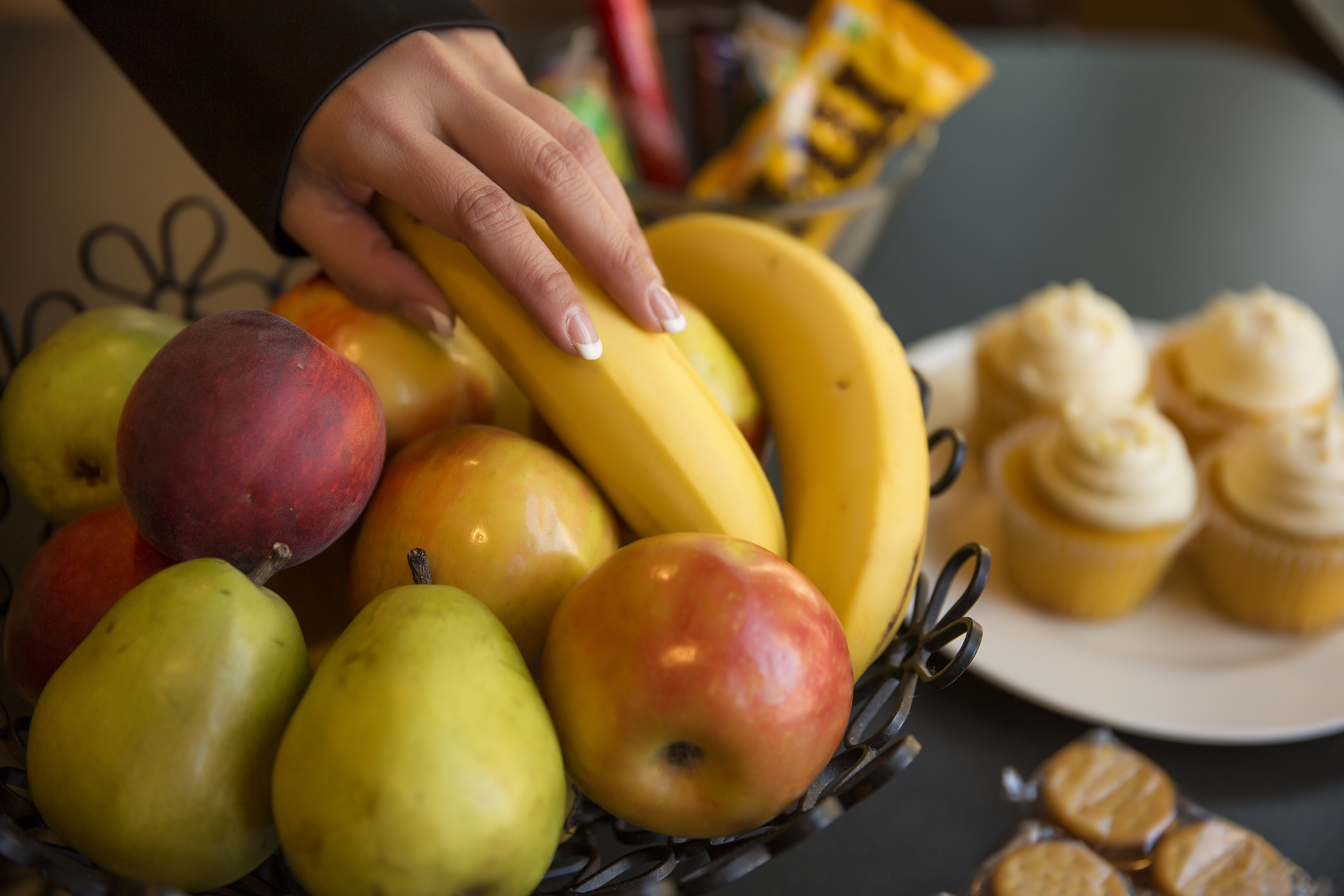
At times, the bad news and negative headlines can pile up for rural Kansans. Hospital closures. Empty downtowns. Lack of quality jobs.
This narrative is changing, though, for a collection of counties in northwest Kansas. Through innovation and entrepreneurship, a group of dedicated Kansans is looking to chart a new course for rural communities using an age-old method: agriculture.
“We need a way to help to ensure access to healthy, locally grown foods,” said Chris Sramek, a native of Atwood who serves in many capacities of business and community leadership. “But we also need a way to jump start the economy out here and provide jobs for those who want to live in rural Kansas. Agriculture has the potential to do all three long term.”
With an emphasis on locally grown, sustainably sourced foods becoming a national trend in recent years, the northwest Kansas region first took a step in that direction in 2008, with the launching of the High Plains Food Cooperative (HPFC), a multi-state effort allowing family farms to cooperatively market, package and sell their products.
More recently, these efforts received a boost when volunteers in Cheyenne and Rawlins counties worked together to submit an application for, and ultimately receive, a four-year, $125,000 grant through the Kansas Health Foundation’s Healthy Communities Initiative (HCI).
“Each county had a different level of experience and expertise,” said Tom Keller, a Cheyenne County resident actively involved in the effort, which is now known as the Northwest Kansas Healthy Communities Initiative. “We thought we’d have a far better chance of receiving a grant if we worked together to apply. It made our application stronger, and it’s made our work since receiving the grant stronger as well.â€
The KHF awarded HCI grants to 20 communities throughout the state to work on local policy initiatives focused on improving access to healthy foods and increasing opportunities for physical activity. Communities are focusing their policy efforts on everything from healthy vending and concessions food options in public places to improved/added biking and walking trails to encourage exercise.
For Cheyenne and Rawlins counties, the goal is to create a regional food council to strengthen policies related to food production, distribution and sustainability. That has led to the formation of the Western Prairie Food, Farm and Community Alliance, which includes representation from eight counties in the region. Thomas, Sherman, Wallace, Decatur, Logan and Sheridan counties have joined in the effort.
“Kansas once was the land of vegetable and small animal production, which is now gone,” Sramek said. “Locally grown and distributed foods let citizens know where their food comes from, and provide healthy access to fresh vegetables, fruits and proteins.”
The need, as well as the opportunity, is clear. According to the Kansas Rural Center, only 4 percent of the fruits and vegetables consumed by Kansans are produced within the state.
While healthy foods and healthier citizens are the key goals, Sramek and Keller also see the efforts as an economic driver that can help sustain the rural way of life for generations to come.
“This new generation of local food production can co-exist and develop alongside traditional commodity agriculture, which has become very difficult for a young farmer to enter,” Sramek said.
According to Keller, it also may be a start to reversing a long-troubling trend.
“We’ve watched for decades as young people have left our communities, and the most common response as to why is they have to go where the jobs are,”Keller said. “Now we’re helping to build a system where if a young person wants to come home, there are opportunities for them to start a small farming or production operation and have the access to the expertise and systems to be a successful entrepreneur.”
It’s an effort that promises to have long-term, healthy benefits for all of northwest Kansas.

















